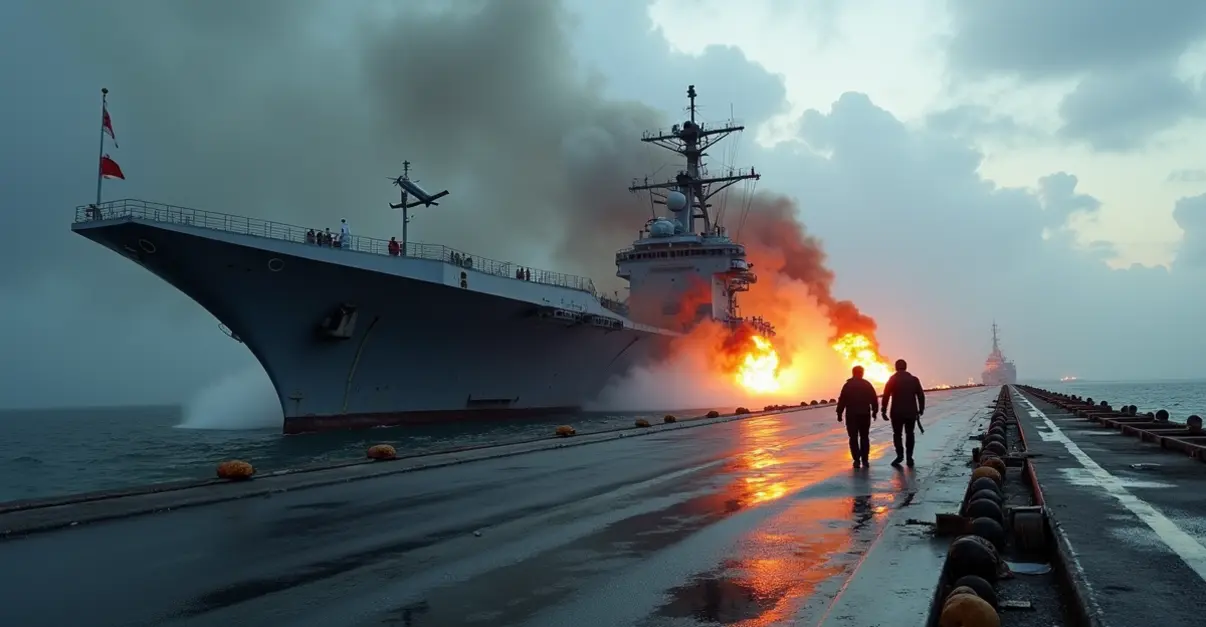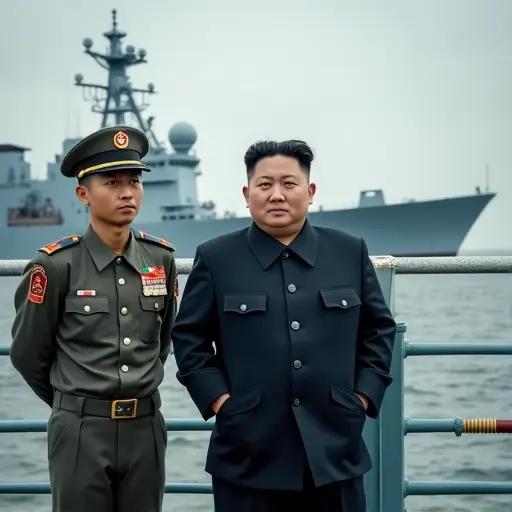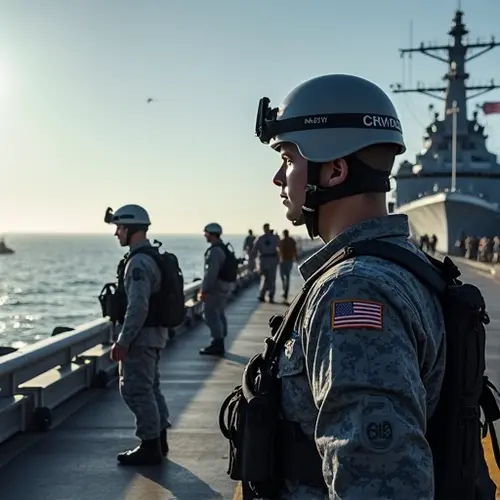Two US Navy aircraft crashed within 45 minutes in the South China Sea from USS Nimitz. All five crew members survived. The incidents raise concerns about naval aviation safety amid recent pattern of crashes.

Back-to-Back Crashes Raise Concerns About Naval Aviation Safety
In a dramatic sequence of events that has raised serious questions about U.S. naval aviation safety, two American military aircraft crashed within 45 minutes of each other during routine operations in the contested South China Sea on October 26, 2025. The incidents involved an MH-60R Sea Hawk helicopter and an F/A-18F Super Hornet fighter jet, both operating from the aircraft carrier USS Nimitz.
Timeline of the Dual Crashes
The first incident occurred at approximately 2:45 p.m. local time when an MH-60R Sea Hawk helicopter from Helicopter Maritime Strike Squadron 73 crashed into the waters of the South China Sea. According to U.S. Naval Institute reports, all three crew members were safely recovered by search and rescue teams from Carrier Strike Group 11.
Just 30 minutes later, at 3:15 p.m., an F/A-18F Super Hornet from Strike Fighter Squadron 22 also went down in the same general area. Both pilots successfully ejected from the aircraft and were safely recovered. 'All five personnel involved are safe and in stable condition,' confirmed a spokesperson for U.S. Pacific Fleet in an official statement.
USS Nimitz's Final Deployment
The crashes occurred during what is expected to be the final operational deployment for the USS Nimitz (CVN-68), the oldest active aircraft carrier in the U.S. Navy. Commissioned in 1975, the Nimitz-class carrier has been serving for over 50 years and is scheduled for decommissioning in 2026. The vessel was returning from operations in the Middle East, where it had been deployed as part of the U.S. response to Houthi rebel attacks on commercial shipping.
'This is very unusual - two aircraft going down in such quick succession,' commented a senior naval aviation analyst who requested anonymity. 'While we're thankful all crew members survived, this raises serious questions about maintenance protocols and operational readiness.'
Pattern of Recent Aviation Incidents
These crashes represent the latest in a series of concerning incidents for U.S. naval aviation in 2025. According to Aviation Safety Network data, this marks at least the fourth F/A-18 Super Hornet lost by the Navy this year. In August, another F/A-18E crashed off the coast of Virginia, though the pilot successfully ejected.
The USS Harry S. Truman, another American aircraft carrier, has also experienced multiple aviation mishaps in recent months. In December 2024, an F/A-18 was accidentally shot down during training exercises, while in April 2025, another F/A-18 slid off the carrier's deck and fell into the sea. A third incident occurred in May when a fighter jet went overboard after failing to catch the arresting cables during landing.
Geopolitical Context
The crashes occurred in the strategically sensitive South China Sea, where the United States regularly conducts freedom of navigation operations that challenge China's extensive territorial claims. Beijing considers nearly the entire South China Sea as Chinese territory, despite competing claims from neighboring countries and an international tribunal ruling that rejected China's claims in 2016.
'Incidents like these in contested waters always carry additional geopolitical weight,' noted Dr. Sarah Chen, a maritime security expert at the Center for Strategic and International Studies. 'While these appear to be mechanical or operational failures rather than hostile action, they occur against a backdrop of ongoing tensions between the U.S. and China in the region.'
Investigation and Response
The U.S. Navy has launched immediate investigations into both crashes. Preliminary reports suggest the incidents are not related, though investigators will examine whether common factors such as maintenance issues, fuel quality, or environmental conditions might have contributed to both accidents.
President Donald Trump, who was on a diplomatic tour in Asia at the time of the incidents, commented that the back-to-back crashes were 'very unusual' and suggested a possible fuel problem might be involved. The White House has requested regular updates on the investigation progress.
The incidents highlight the ongoing challenges facing the U.S. Navy's aging aircraft fleet and the complex operational environment in the Indo-Pacific region. As the investigation continues, naval officials emphasize that the safe recovery of all personnel remains their primary concern while they work to determine what caused these unprecedented back-to-back crashes.

 Nederlands
Nederlands
 English
English
 Deutsch
Deutsch
 Français
Français
 Español
Español
 Português
Português









